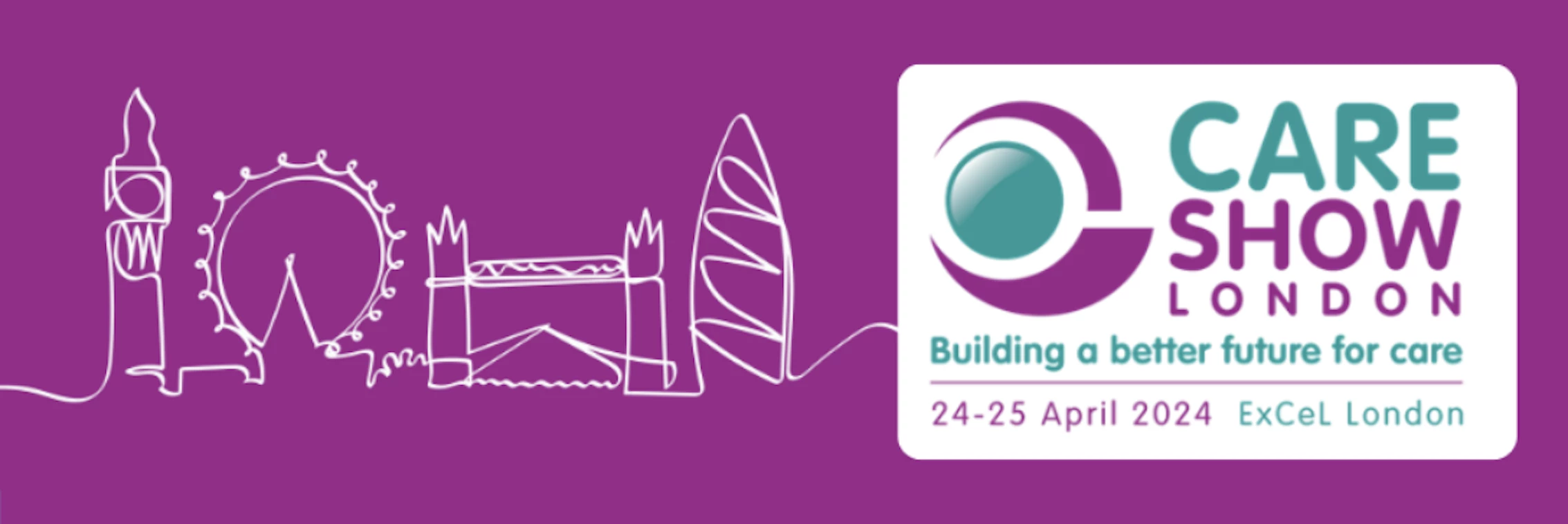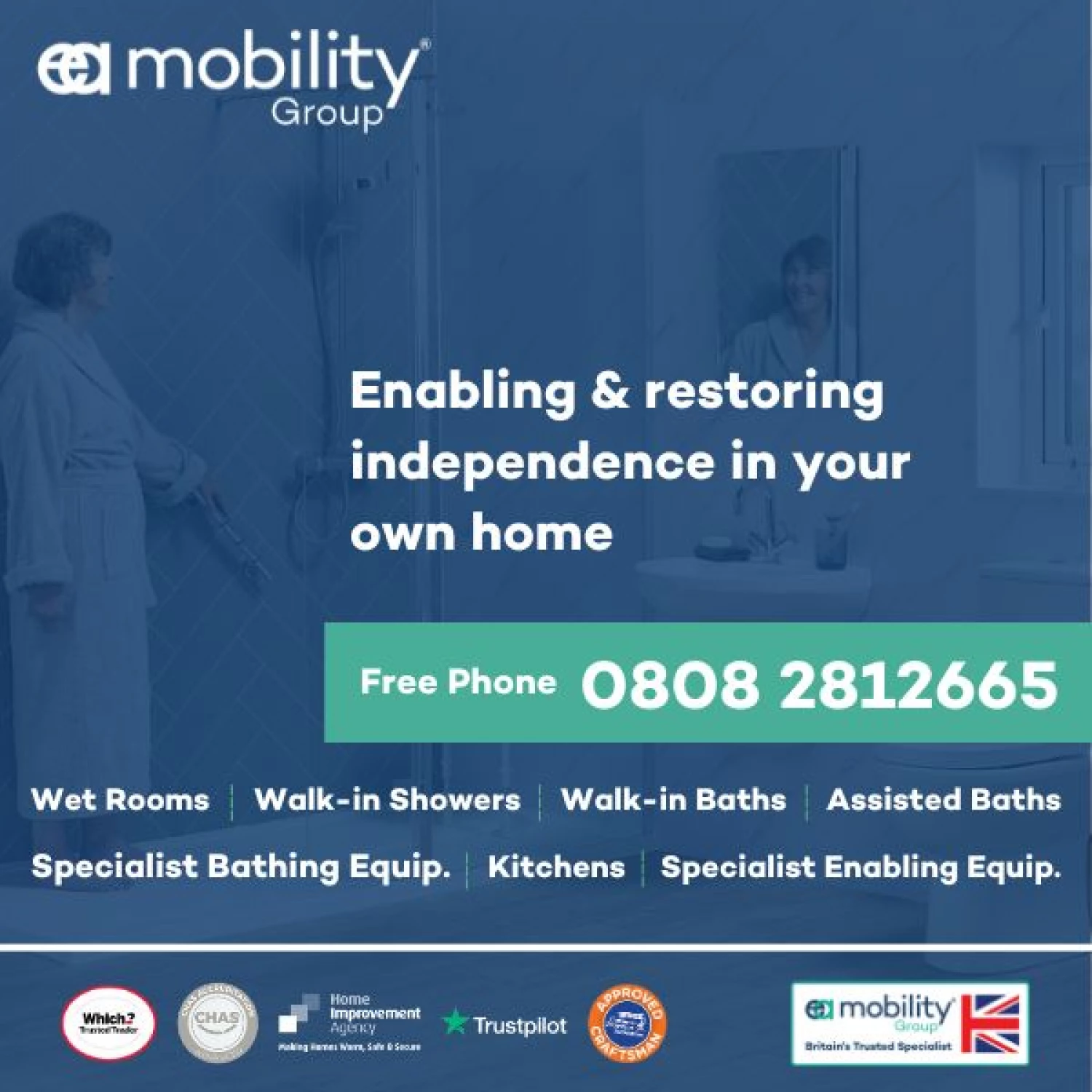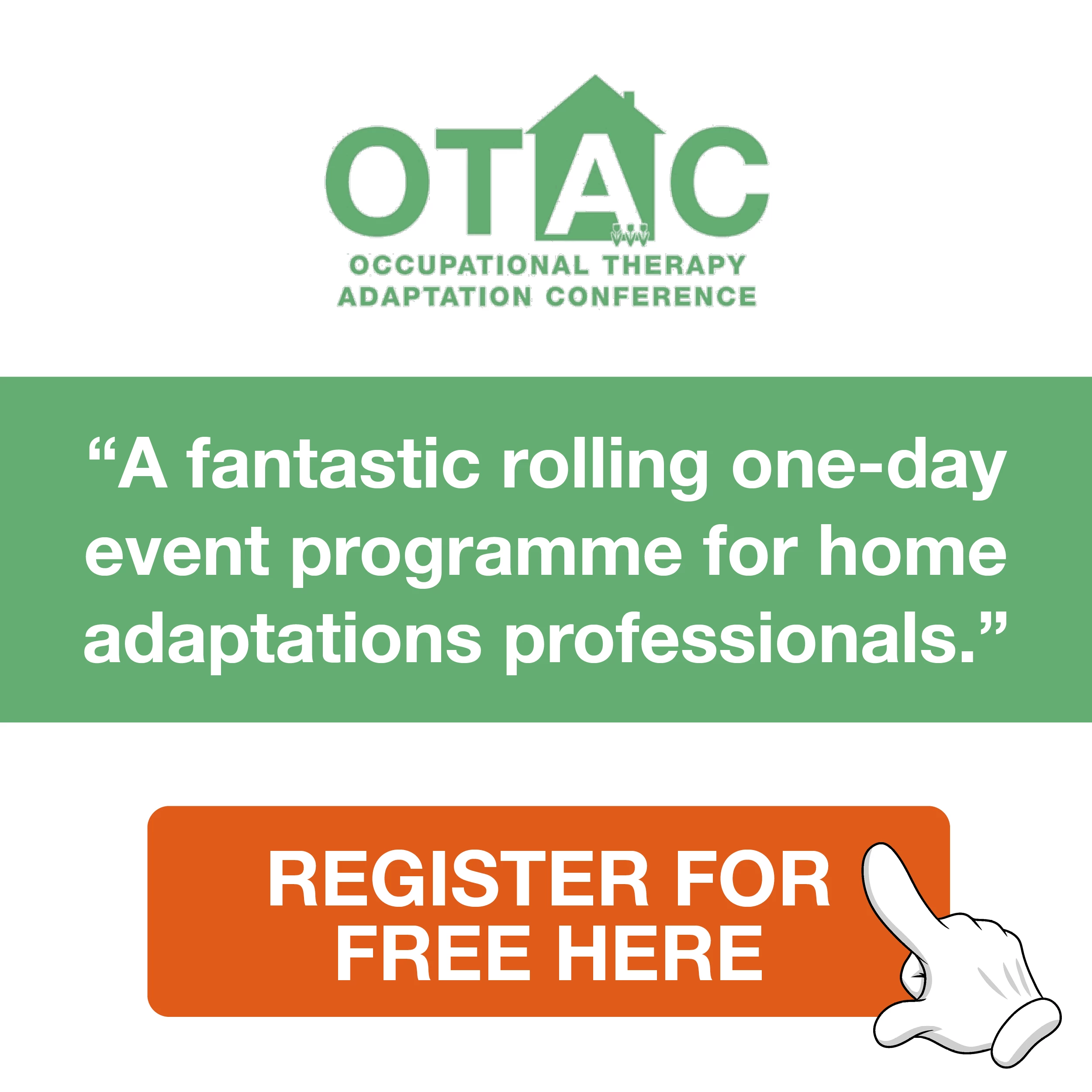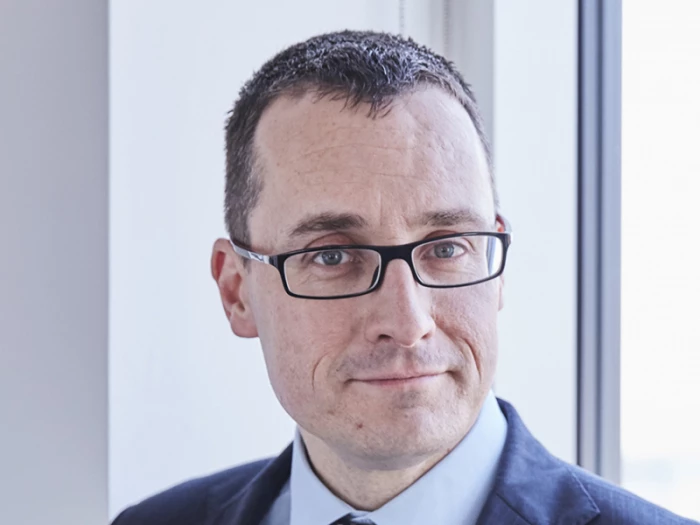Funding the Future
Following an accident or injury, the person involved can often find that their home is no longer accessible for their new needs. Whilst the input from architects and occupational therapists are essential in determining and designing the best adaptations, correct legal representation is the key towards getting this funded.
Specialist personal injury solicitor Ben Townsend, Stewarts' Head of Personal Injury Leeds, outlines what is involved in making an accommodation claim.
Catastrophic injury claims involve every aspect of a client's life because their injuries change every aspect of their life, including their housing needs. Accommodation claims are therefore an intrinsic part of catastrophic injury cases.
After a catastrophic injury, the injured person can often have severely impaired mobility.
Most people do not happen to live in a house that is suitable for a wheelchair user or someone with significant mobility impairments. So, in almost every case, the catastrophic injury solicitor needs to investigate whether the client's present home can be adapted to make it suitable for them or whether an alternative home will be required.
Medical support
There needs to be evidence upon which to base an accommodation claim.
The first step for the claimant's solicitor is to find out whether the medical expert they engage to report to the court supports the claimant's need for alternative accommodation due to their injuries. An accommodation claim cannot succeed without such medical support. If the medical expert believes the present accommodation does not meet the claimant's needs, the accommodation claim can proceed.
The accommodation experts will report to the court about the injured person's present property and, if it can't be appropriately adapted, the requirements of a new property and the likely cost of any adaptations required to that property.
At the outset, the accommodation evidence will be based on a hypothetical alternative property. In estimating purchase costs, the accommodation expert may refer to their own brief survey of properties on the market, some of which might prove to be suitable.
It is important that the accommodation expert has experience in purchasing and adapting properties for catastrophically injured people, as this gives them credibility in estimating costs.
Reasonable requirements
As with all experts involved in legal claims, the accommodation expert is engaged in the case purely to comment upon the reasonable requirements of the injured person. Their role is not to manage an adaptation project for the injured person after purchasing a property, as that would generate a conflict of interest. They will just be required to comment on the reasonableness of any such work and its cost. A separate architect will be brought in to manage the adaptation process.
A catastrophically injured client will often require single-storey accommodation, usually a bungalow. Identifying a suitable property and bringing the process to fruition can take a long time and involves significant planning by the claimant's solicitor (see panel).
Unfortunately, accommodation claims are not straightforward. The court does not allow an injured person to simply claim the extra cost of the property they now require and the cost of adapting it. Space here does not allow for a detailed outline of the formula the court uses. However, it is predicated on the assumption that buying a new house is different from buying a wheelchair or other item of equipment because the house will still exist at the end of the claimant's life. This means (in theory) that the money has not been spent; it has just been converted into an inconvenient form for the claimant.
A complicated formula
The courts use a complicated formula to try to reflect the overcompensation in the accommodation claim. Unfortunately, it does not change the fact that the injured person requires capital up front to purchase and adapt the property. This means claimants often need to raid other parts of their compensation to fund the property purchase and adaptation.
The problem with the formula used is more acute for people with a short life expectancy. The law is still not settled in such cases, which adds a further layer of complication.
It is extremely satisfying as a lawyer to oversee from start to finish a client moving into a suitable property. For many clients, this can be an exciting process as it is an opportunity for them to exercise control over their lives following a period when they may have had many choices taken away from them and their lives changed irrevocably.
When a catastrophically injured person is choosing a solicitor to represent them, it is worth asking them about their experience in this type of project. It will be reassuring to know that the solicitor has experience in dealing with the complex issues surrounding the purchase and adaptation of a property, as it really can change lives.
The following steps will need to be completed by the team involved in the case:
- Identifying a suitable property.
- Obtaining confirmation from the rehabilitation team that it is appropriate for the client's needs.
- The client confirming that they wish to proceed with the purchase.
- The accommodation expert reporting on the reasonableness of the purchase and adaptation work.
- Engaging an architect to manage the project.
- Obtaining money for the purchase and adaptation from the defendant.
- Completing the purchase.
- Finalising the design for the adaptation.
- Engaging a quantity surveyor.
- Going through a tendering process to select a contractor to complete the adaptation.
- Completing the adaptation work.
- The client moving into the property.
Some of the steps will run alongside each other. The process might take a year, depending on the number of properties available in the search area.
You can contact Ben for advice at btownsend@stewartslaw.com




